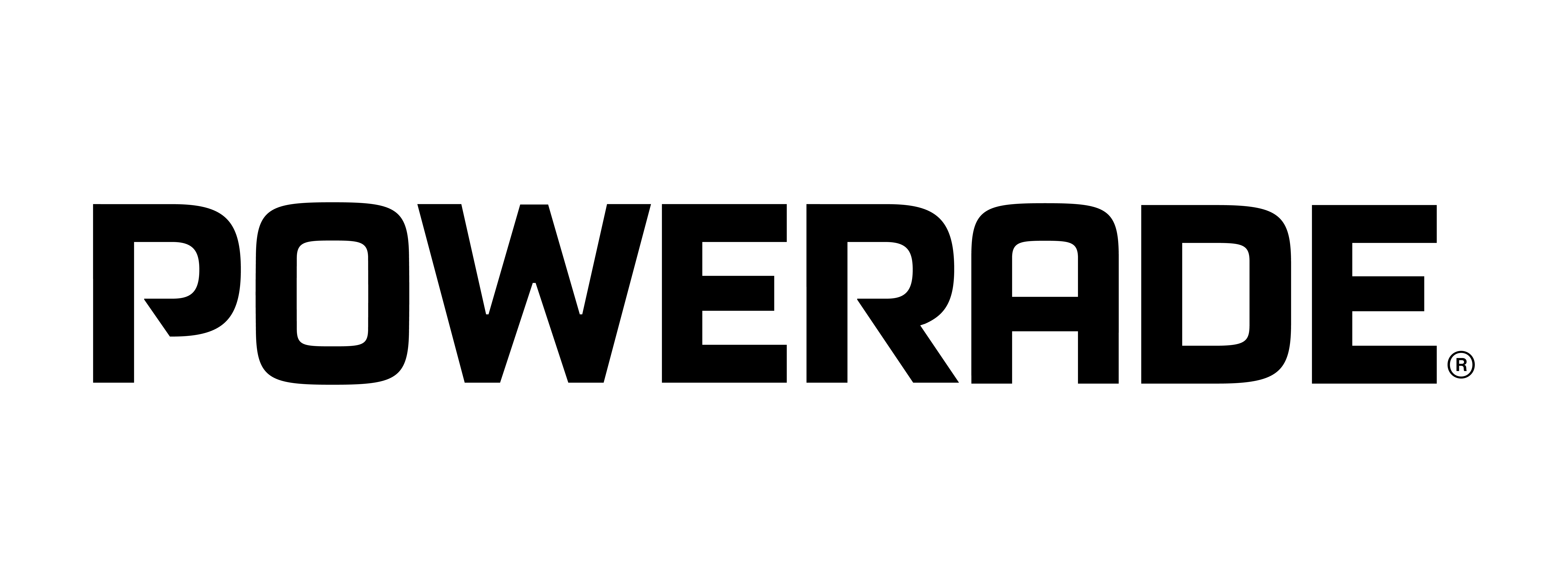Frequently Asked Questions
NSC RV/Camping Policy
For Target USA CUP, RV/Campers should park in Lot B. RV/Campers cannot be parked overnight during this event and the National Sports Center is NOT responsible for any lost/stolen/damaged campers.
NSC Pet Policy
A person shall remove waste left by an animal under the person’s care and control and shall dispose of the waste only in an appropriate waste receptacle.
A person who brings an animal onto the NSC campus may not permit the animal to remain unattended or create a disturbance or a hazard. Ball throwing and retrieving activities are not allowed.
Pets are not allowed in the following NSC spaces:
- Inside buildings, including the Sport Expo Center, Welcome Center, NSC Super Rink, Sports Hall, M Health Fairview Dome, or inside Centerview Elementary School.
- Victory Links Golf Course
- In the water of an NSC retention pond or drainage channel.
Dogs that qualify as service animals under guidelines established by the Americans with Disabilities Act are allowed in all appropriate locations on the NSC campus.
Can I fly my drone at the NSC?
National Sports Center policy on non-commercial drone usage on the NSC campus.
All drone usage must be approved by the event or program director, preferably well ahead of the event. If a drone user flies without prior approval, the pilot will be asked to land the drone and fulfill the following requirements.
Technical requirements:
- Be flying a drone that is FAA registered, and must provide FAA registration number and aircraft serial number.
- Since the NSC campus is within five miles of the Anoka County Airport (class G airspace,) user provide prior notification to the airport and air traffic control tower.
- Verify coverage of at least $1 million liability insurance. Homeowners insurance may provide coverage, but applicant should contact your insurance company to verify. Stand-alone liability coverage specific to drone use is available at a reasonable cost. For example, a $75 annual membership in the Academy of Model Aeronautics comes with $2.5 million of personal liability coverage. (http://www.modelaircraft.org/)
- If the applicant is seeking to fly a drone at a program or event at the NSC that is operated by an outside party (rental events), the applicant must obtain approval from both the event/program owner and the NSC.
Upon approval, the pilot must abide by all FAA-recommended safety guidelines, including:
- All flight 400 feet or lower, and must always give way to manned aircraft.
- Adhere to all federal, state, and local laws.
- No flying over crowds, including USA CUP Opening Ceremonies.
- Must stay to NSC property.
The NSC also enforces the following flight rules for outdoor sports events:
- Drone video cannot be used for in-game coaching purposes, i.e. drone video may not be used for halftime coaching.
- Drones must be flown at a height that guarantees they do not interfere with game action.
- The game referee has the full discretion to ground a drone that he/she believes to be posing a safety hazard.
These policies apply to non-commercial drone usage. Commercial drone photographers must fulfill all these requirements, but also must obtain prior written approval from the NSC.
When was the NSC built? Who built it? How is it paid for?
How many people visit the NSC?
Were all these facilities here when the campus opened?
Did the state of Minnesota also build The Super Rink, Victory Links Golf Course, and The Welcome Center?
In 2006, four additional sheets of ice were added and new partners were brought in to help fund the construction — Blaine and Centennial Youth Hockey, Bethel University and the Herb Brooks Foundation.
Victory Links Golf Course had $3 million of the $10 million cost paid for by the state. The rest was raised through private funds and in-kind sponsorship.
The Welcome Center was built by the state as part of the bonding bill in 2003.
The Sport Expo Center was opened in 2013. It was self-funded by the National Sports Center.

